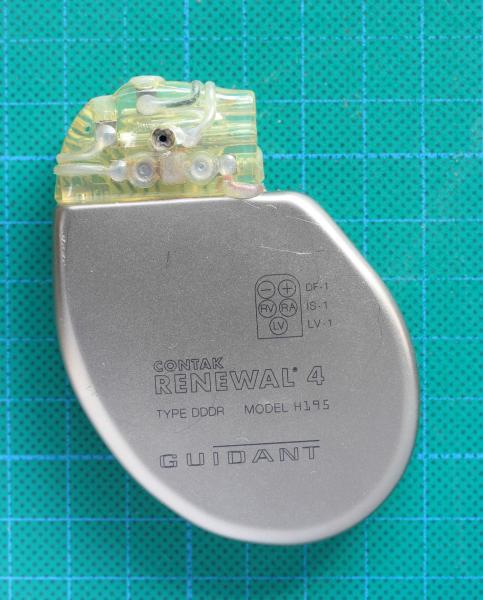One percent of the 3000 medical devices approved by the FDA are Class III, high-risk medical devices sustaining or supporting life or capable of “unreasonable risk or illness or injury.” They require pre-market approval (PMA) through clinical trials, as is done for medications. That said, Class III devices have a three-fold greater recall risk than less risky Class II devices.
The FDA allows several means of modifying a medical device after approval. A panel truck supplement (PTS) is the least used pathway meant to handle major changes in device design and use; this pathway requires additional clinical data. The other paths do not
- Special - labeling changes to enhance safety
- Real-Time – minor design changes
- 30 and 135-day paths – changes in the manufacturing process.
- 180-day paths – major design or labeling changes
The research was directed at whether supplements to the original approval were linked to the heightened risk of Class I, the highest, recalls. In searching for an answer, they identified 373 high-risk, Class III medical devices approved between 2008 and 2019, marrying that information with the FDA’s public PMA database that includes information on recalls and their underlying “root” cause.
The FDA codifies recalls into three tiers based on perceived risk: class 1 is highest risk, class 2 is moderate risk, and class 3 is the lowest.
- Cardiovascular devices, at 37%, and microbiological devices, at 12.1%, were the most frequent
- 10,776 supplements to these PMA devices were approved, a median of 2.5 supplements per device approved annually.
- The most common reason for supplement submission changes in the manufacturing process at 67.7%. It was followed by changes in device design (15.2%) and labeling changes (7.8%).
- 97 devices (26.0%)were recalled, with a median time until the first recall of 1.9 years. Two-thirds of the devices were recalled multiple times.
- “Twenty devices (5.4%) experienced class 1 recall, of which 15 (75%) were cardiovascular devices.”
The number of supplements (modifications), specifically PTS amendments, and classification of the medical device as cardiovascular, all increase the recall risk. Those same factors were at play when focusing on those Class I recalls. Diving a bit deeper
- Changes in device design accounted for 53.5% of Class I recalls
- Manufacturing changes, including software design, accounted for 10.9% of Class I recalls
In several instances, a medical device had its approval supplemented several times. Two egregious examples include cardiac leads for pacemakers that underwent 80 or more supplements before being withdrawn; and a knee replacement system that underwent 135 supplements before being withdrawn. Perhaps we should set a limit on supplementary changes before requiring additional clinical trials. This idea gains some support from the researchers’ finding that PTS, the significant changes requiring clinical trials, had no linkage to recalls. In their words, the clinical data may provide some protective effect, considering PTS are higher-risk changes and receive greater scrutiny post-approval.”
I’ve written on the pace of surgical change, but even the fastest changes take two or three years. There may be some advantage to slower technological shifts as the desire to use the newest is tempered by the median time to the first recall of less than two years. As the researchers report, a study from the National Health System found 45% of their implanted hips were on the “market for fewer than 3 years, and half of those lacked any clinical effectiveness data.”
These findings are retrospective and observational; these are associations, not causation. The researchers seem a bit torn in their conclusions, writing,
“Our results should not be misconstrued to imply that the regulatory process is intrinsically flawed. The supplement process is critical in expediting delivery of incremental device changes with potentially greater safety and effectiveness profiles.”
They suggest that physicians be more aware of the risk from “modified devices,” but the truth is that physicians are rarely aware of anything other than a Class I recall. They also suggest that we strengthen post-market surveillance. “Strengthen” is somewhat nebulous, but suggesting that the mandated unique device identifiers be entered into the electronic medical record is valuable. These identifiers have for many years been part of the operative report, whether digital or analog.
Source: Risk of Recall Associated With Modifications to High-risk Medical Devices Approved Through US Food and Drug Administration Supplements JAMA Network Open DOI: 10.1001/jamanetworkopen.2023.7699




